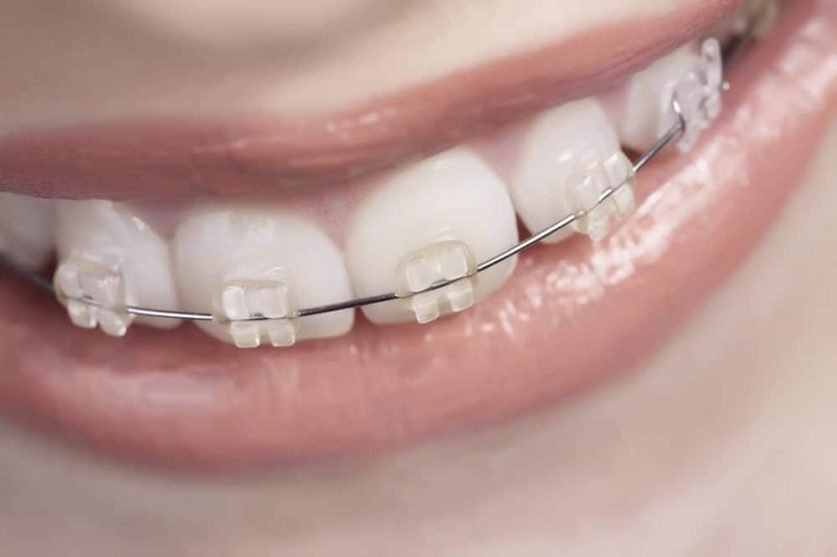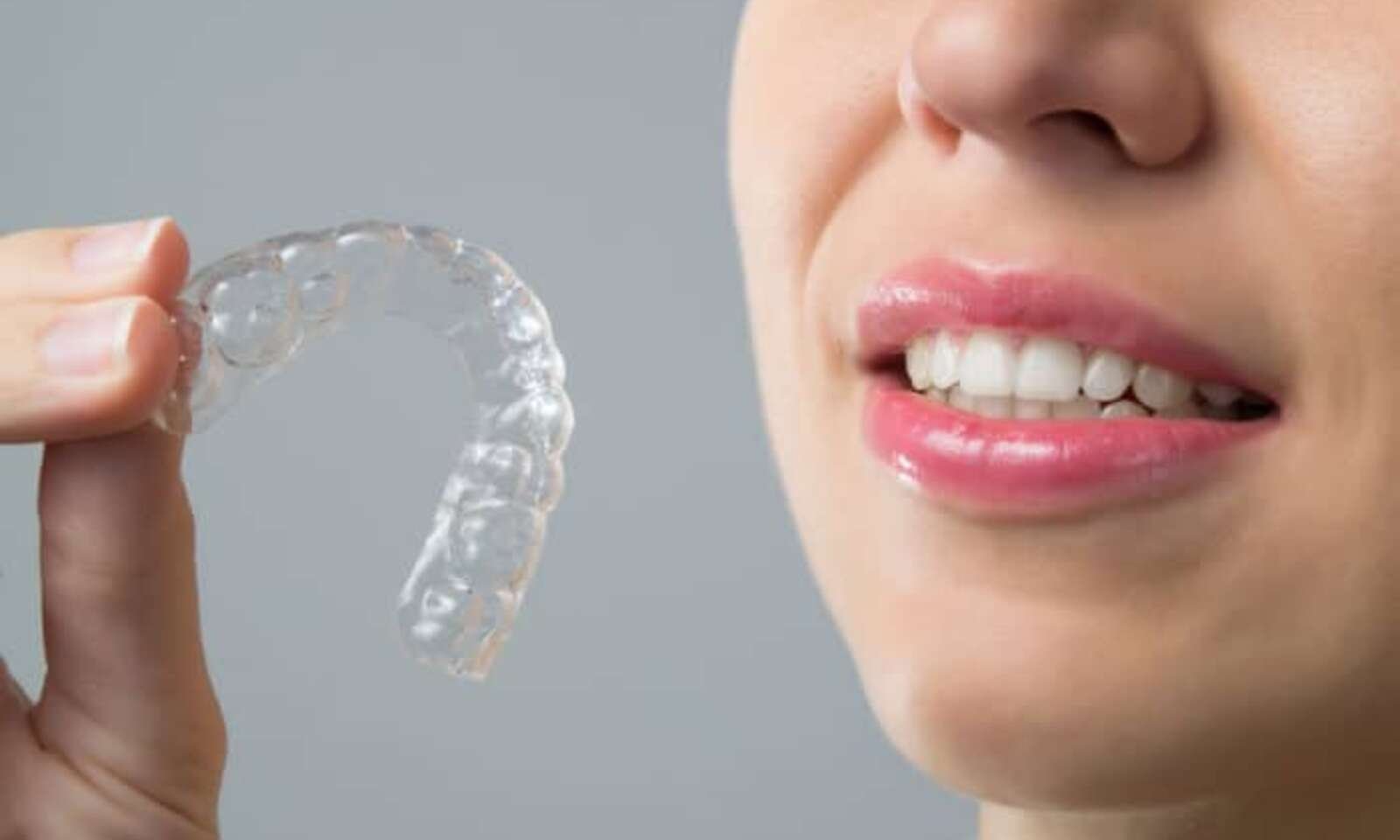Why Is It Essential To Have Early Orthodontic Treatment?
According to an orthodontist near me braces, some kids exhibit subtle orthodontic anomalies in their early development. Your child’s pediatric dentist may decide to watch the problem develop over time without taking any action in such situations. But for youngsters who exhibit severe orthodontic abnormalities, early orthodontic treatment has many benefits, including
- Enhanced aesthetic appearance and self-confidence
- increased possibility of adult teeth with ideal spacing and alignment.
- Decreased chance of bruxing (grinding of teeth).
- Minor chance of tooth decay, periodontal disease, and cavities in children
- Reduced likelihood of adult teeth getting impacted.
- Decreased likelihood of lengthy orthodontic treatments in the future.
- Reduced possibility of speech issues.
- Decreased chance of tooth, gum, and jawbone damage.
- Increased probability of adequate jaw growth
What are the three stages of pediatric orthodontic treatment?
Pediatric Dentists Near Me recognize three age-related stages of orthodontic treatment. Here we describe these stages in detail.
Stage 1: Early treatment (2 to 6 years old)
Early orthodontic treatment focuses on guiding and regulating the width of both dental arches. The primary purpose of early treatment is to provide enough room for permanent teeth to erupt correctly. The ideal candidates for this treatment include:
- Children who lose baby teeth early
- Children who have difficulty biting properly
- Kids whose jaws grind or click during movement
- Bruxers
- Children who use the mouth to breathe
Early treatment involves working with parents and kids to eliminate orthodontic habits, including thumb sucking and excessive pacifier use. The Pediatric Orthodontist Near Me may also give several dental appliances to encourage jaw development, hold space for adult teeth, or stop teeth from “moving” into undesirable positions.
Stage 2: Middle Dentition (6 to 12 years old)
Treatments for the middle dentition aim to gradually straighten misaligned permanent teeth, realign misaligned jaws, and begin to repair crossbites. The middle dentition denotes a stage of development during which both the soft and hard tissues are remarkably malleable. Therefore, in some aspects, it indicates the ideal time to start correcting a severe malocclusion.
Once more, the Best Pediatric Dentists Near Me might give the child a dental device. There are fixed and removable appliances, and the youngster can speak, eat, and usually chew regardless of the instrument. However, to lower the danger of discoloration, decay, and subsequent cosmetic damage, children with fixed dental equipment, should take special care to clean the entire mouth region every day.
Stage 3: Adolescent dentition (13+ years old)
Most parents automatically consider orthodontic treatment when considering their child’s adolescent dentition. The permanent teeth’s alignment and the smile’s aesthetic appeal are two of the critical objectives of teenage dentistry.
The Pediatric Orthodontists Near Me will typically offer permanent or removable “braces” at this time to gradually straighten the teeth. The adolescent may also need to wear a retainer after completing orthodontic treatment to prevent the teeth from shifting back to their original position.
Conclusion
We hope the above-provided information will help you learn some beneficial and valuable information regarding braces treatment. The above article focuses on the importance of early pediatric orthodontic treatment. For further informative details, please visit orthodontistbrace.com.











